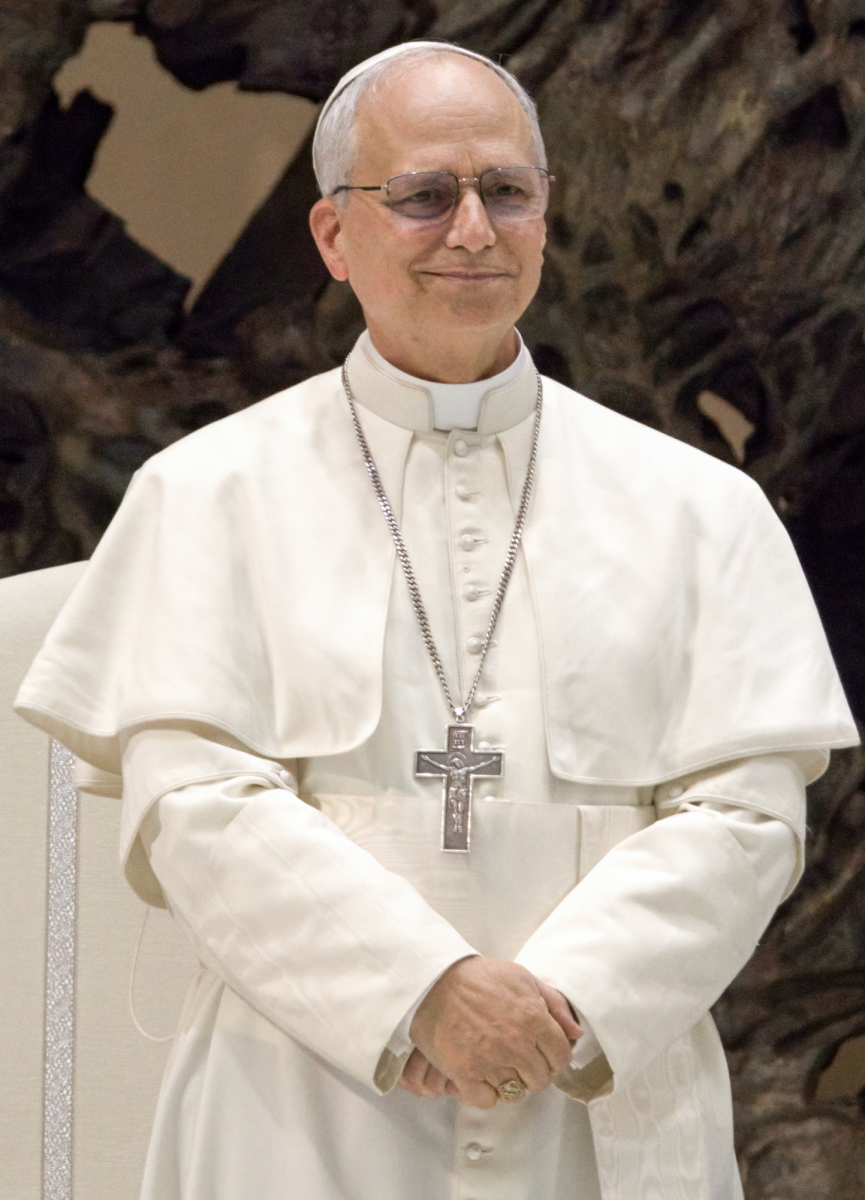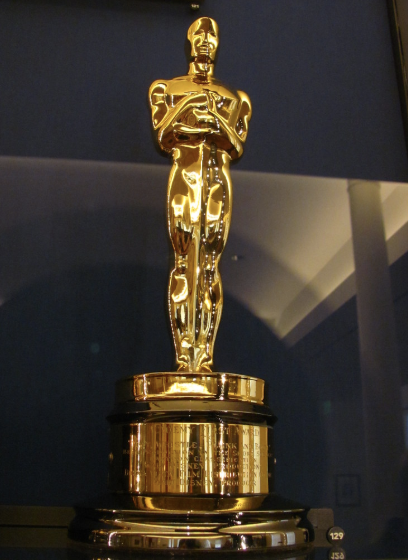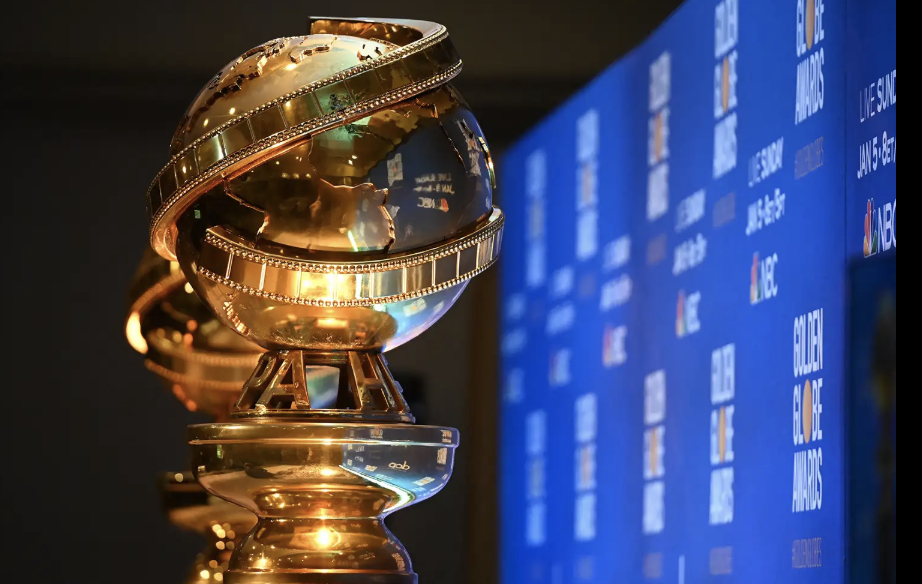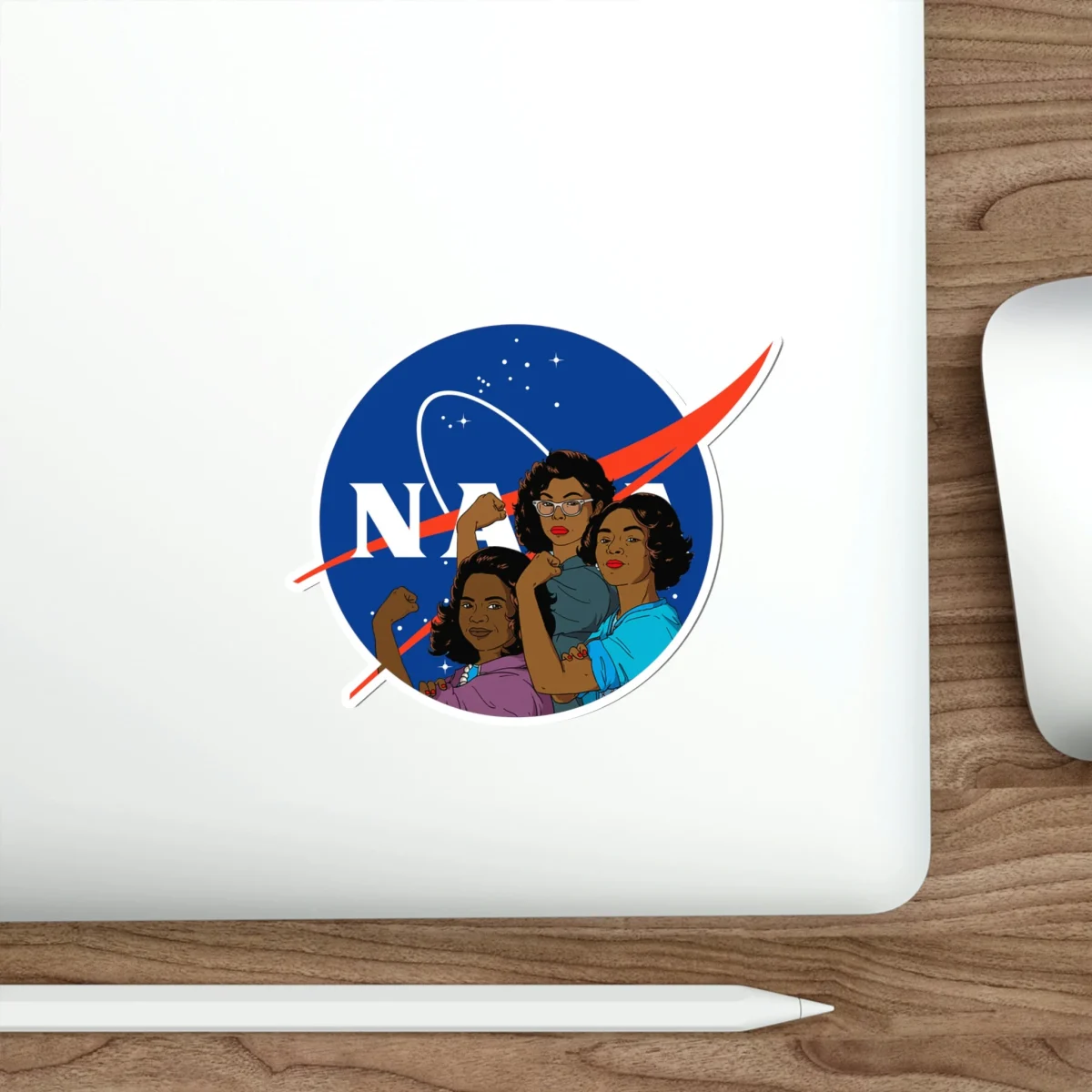The 2017 film Hidden Figures is highly acclaimed, receiving three Oscar nominations and one SAG Award for the best cast in a motion picture. This film explores the remarkable work of three women African-American mathematicians at NASA, Katherine Johnson, Mary Jackson, and Dorothy Vaughan, who played a prominent and essential role in the United States’ Space Race with the Soviet Union.
From a young age, Katherine Johnson was a dedicated student who had an aptitude for numbers, attending high school at the age of 10 and graduating from West Virginia State College at 18. She then enrolled in the graduate math program at West Virginia University, becoming one of three African-American students to integrate into the school. After college, Johnson began work in 1953 at the all-black West Area Computing section at the National Advisory Committee for Aeronautics (NACA) Langley laboratory, initially analyzing data from flight tests before performing paramount calculations for NASA in the early 1960s.
Her most prominent work was on the 1962 Mercury-Atlas 6 Mission, which successfully launched John Glenn in orbit around the Earth. During this period, NASA was undergoing a major transition, shifting from human calculators to IBM computers to perform orbital computations. However, these machines proved to be error-prone, which greatly unnerved astronauts whose lives depended on the accuracy of these calculations. Despite being an African-American woman in a racially segregated nation, Katherine Johnson played a vital role in resolving these qualms through her mathematical prowess. For instance, before taking off into earth orbit, John Glenn personally requested that Johnson confirm the calculations made by the machine to ensure his safety. Ultimately, after verification from Johnson, John Glenn prepared for liftoff and eventually became the first American to orbit Earth and return safely, marking a turning point in the Space Race with Russia.
Like Katherine Johnson, Mary Jackson excelled in math and science from a young age, graduating from Hampton Institute in 1942 with a dual bachelor’s degree in mathematics and physical science. In 1951, she began working at the West Computers section at NACA in Langley, Virginia, where she worked as a research mathematician and “human computer”. After her work in this division, she received an aeronautics-engineering offer from Kazimierz Czarnecki, and once she completed the necessary course requirements, she officially became NASA’s first African-American female engineer. Before retiring in 1985, she had various accomplishments, publishing a dozen research reports, receiving the Apollo Group Achievement Award, and winning Langley’s Volunteer of the Year in 1976.
Last and certainly not least, Dorothy Vaughan earned a mathematics degree in 1929 before being hired by NACA in 1943 to work in the West Area Computing Unit, becoming one of the first African-American women to work at the agency. Vaughan was an expert in programming and became one of the first people at NACA to learn the Fortran coding language, and her expertise proved crucial to both the Mercury and Apollo missions. By the early 1950s, Vaughan had been appointed as head of the West Area Computing Unit, becoming the first African-American woman to supervise mathematicians. Vaughan retired from NASA in 1971, yet she did not stop fighting for racial and gender equality, as she spent the rest of her life advocating for equal employment opportunities for African Americans and women.
Ultimately, in light of February being Black History Month, it is imperative to reflect on the accomplishments of these three women, who played a pivotal role in defying racial barriers and developing the United States space agency.




























